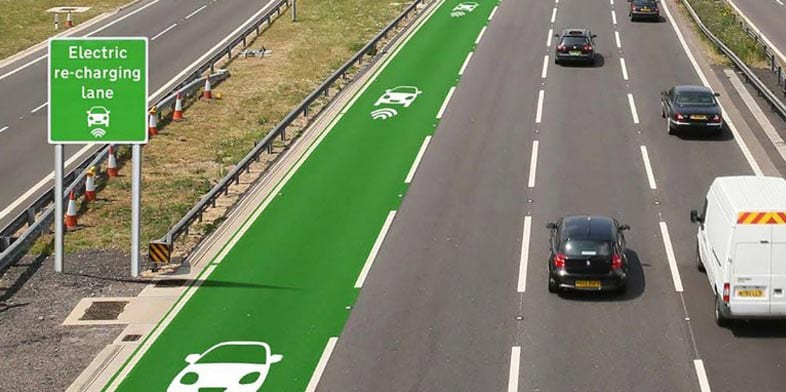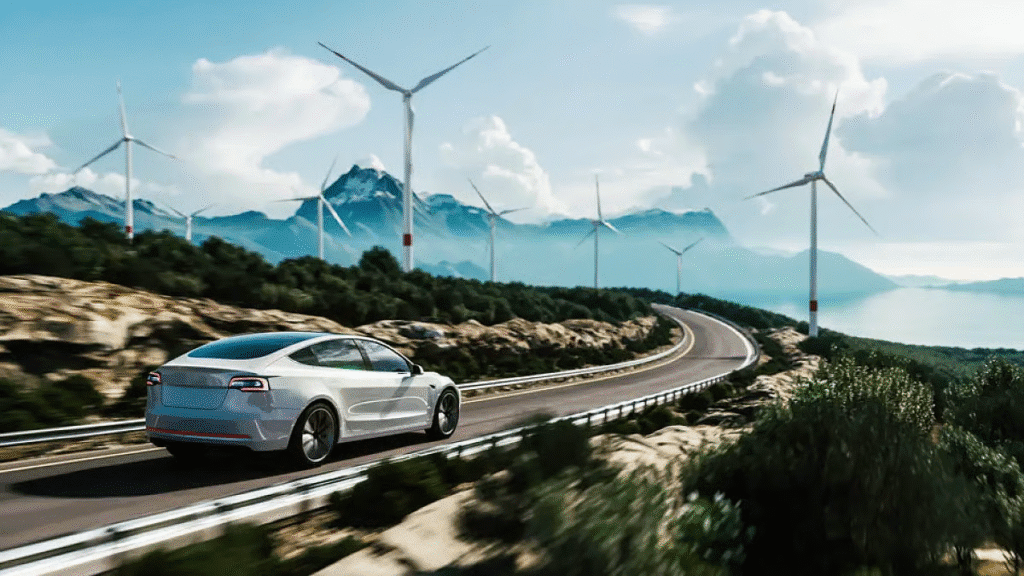Electric vehicles impact on roads is becoming an important topic as more people switch from gasoline-powered cars to electric alternatives. Electric vehicles (EVs) are praised for their environmental benefits. They produce fewer greenhouse gas emissions, reduce air pollution, and lower dependence on fossil fuels. These advantages make EVs an attractive option for a cleaner, more sustainable future.
However, while EVs are good for the planet, they may not be as gentle on roads. Their weight, design, and acceleration can increase wear and tear on road surfaces, bridges, and parking facilities. Understanding this impact is crucial as EV adoption grows worldwide.
Heavier Vehicles Cause More Road Wear
One of the main reasons EVs affect roads differently is their weight. Battery electric vehicles are generally heavier than traditional internal combustion engine vehicles. This extra weight comes mainly from the large batteries required to power them.

Studies suggest that EVs can cause up to 20 to 40 percent more wear on road surfaces compared to lighter gasoline-powered vehicles. For example, a large electric SUV or pickup truck can weigh several thousand pounds more than a comparable conventional vehicle. This added weight increases pressure on asphalt and concrete, leading to faster deterioration of roads.
Heavier vehicles also pose challenges for parking lots and residential streets, which are often not designed to hold this extra load. In areas with aging infrastructure, the increased stress from heavier EVs could lead to more frequent road repairs and higher maintenance costs.

Road Infrastructure Is Not Fully Ready
Most of the world’s roads and bridges were designed decades ago for lighter, gasoline-powered cars. The increase in vehicle weight from electric cars puts additional stress on these existing structures. Bridges, in particular, may be affected because they were engineered with weight limits based on older vehicle designs.

Even small differences in vehicle weight can create significant impact over time. Roads, guardrails, and parking areas may need reinforcement to handle the growing number of EVs, especially large models. This is especially relevant in urban areas where space is limited, and infrastructure is already under pressure from increasing traffic volumes.
Maintenance Costs Will Rise
Road maintenance is already a major expense for governments and municipalities. Repaving a single mile of roadway can cost hundreds of thousands of dollars, depending on location and materials. With the additional wear caused by heavier EVs, these costs are likely to increase.
Road damage is not just a financial issue. It also affects environmental sustainability. Road repair and repaving require energy, fuel, and materials, all of which can contribute to carbon emissions. While EVs reduce vehicle emissions, increased road maintenance can offset some of these environmental benefits if not managed carefully.
Safety Concerns Related to Weight
The heavier weight of electric vehicles can also affect road safety. In collisions, heavier vehicles tend to cause more damage than lighter ones. This increases the risk of injury or death for passengers in smaller vehicles or pedestrians.
Additionally, many EVs are capable of rapid acceleration. When combined with their weight, this can make certain driving situations more dangerous. For example, sudden stops or quick maneuvers on urban streets may put additional stress on roads and create higher collision risks.
Balancing Environmental Benefits and Infrastructure Needs
Despite these challenges, electric vehicles offer undeniable environmental benefits. They help reduce greenhouse gas emissions, improve air quality, and lower noise pollution. The goal is not to discourage EV adoption but to balance these benefits with infrastructure planning.

Investments in road design and maintenance are essential. Governments may need to reinforce bridges, improve road surfaces, and upgrade parking facilities to accommodate the heavier weight of EVs. Some regions might also consider road usage fees or vehicle taxes to fund repairs and ensure roads remain safe and durable.
Urban planning can play a role as well. Designing streets and parking areas specifically for EVs, especially larger models, can reduce long-term wear and help prevent unexpected damage. As the EV market continues to grow, proactive measures will help cities adapt without compromising the environmental benefits.
Conclusion
Electric vehicles are a crucial part of the transition to a cleaner, more sustainable future. They offer significant environmental advantages, including lower emissions and reduced reliance on fossil fuels. However, their weight and design create new challenges for road infrastructure.
Heavier EVs increase road wear, raise maintenance costs, and can impact safety in collisions. To fully enjoy the environmental benefits of electric vehicles, it is important to invest in infrastructure that can handle these changes. Strengthening roads, reinforcing bridges, and updating parking areas are necessary steps to ensure that EVs are good for both the planet and the roads we rely on.
With careful planning and investment, the adoption of electric vehicles can continue to grow while minimizing the impact on road infrastructure. A sustainable future requires not only cleaner vehicles but also stronger, more resilient roads.
Do follow UAE Stories on Instagram
Read Next – Innovative Nerve-Cooling Technique Knee Replacement Surgery















